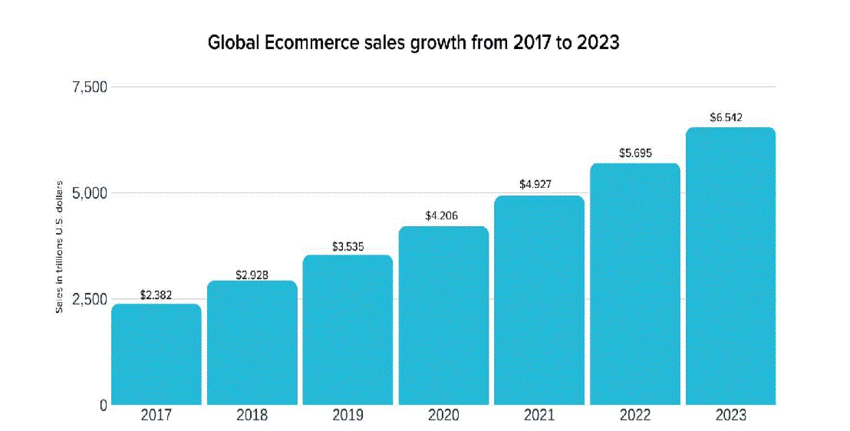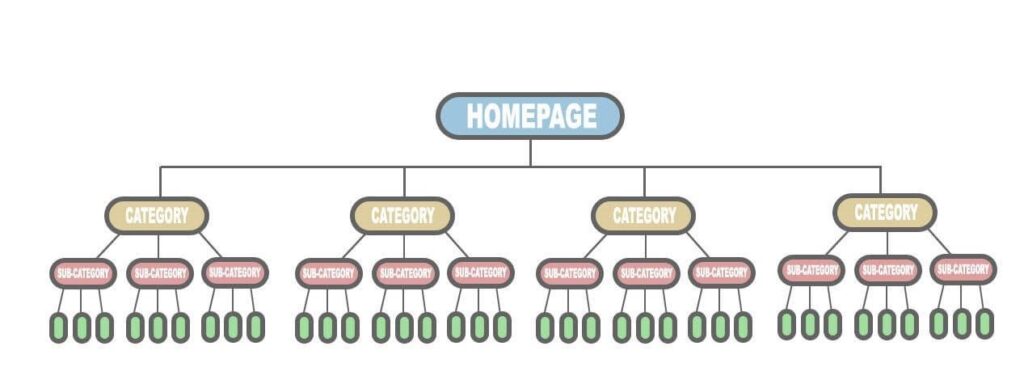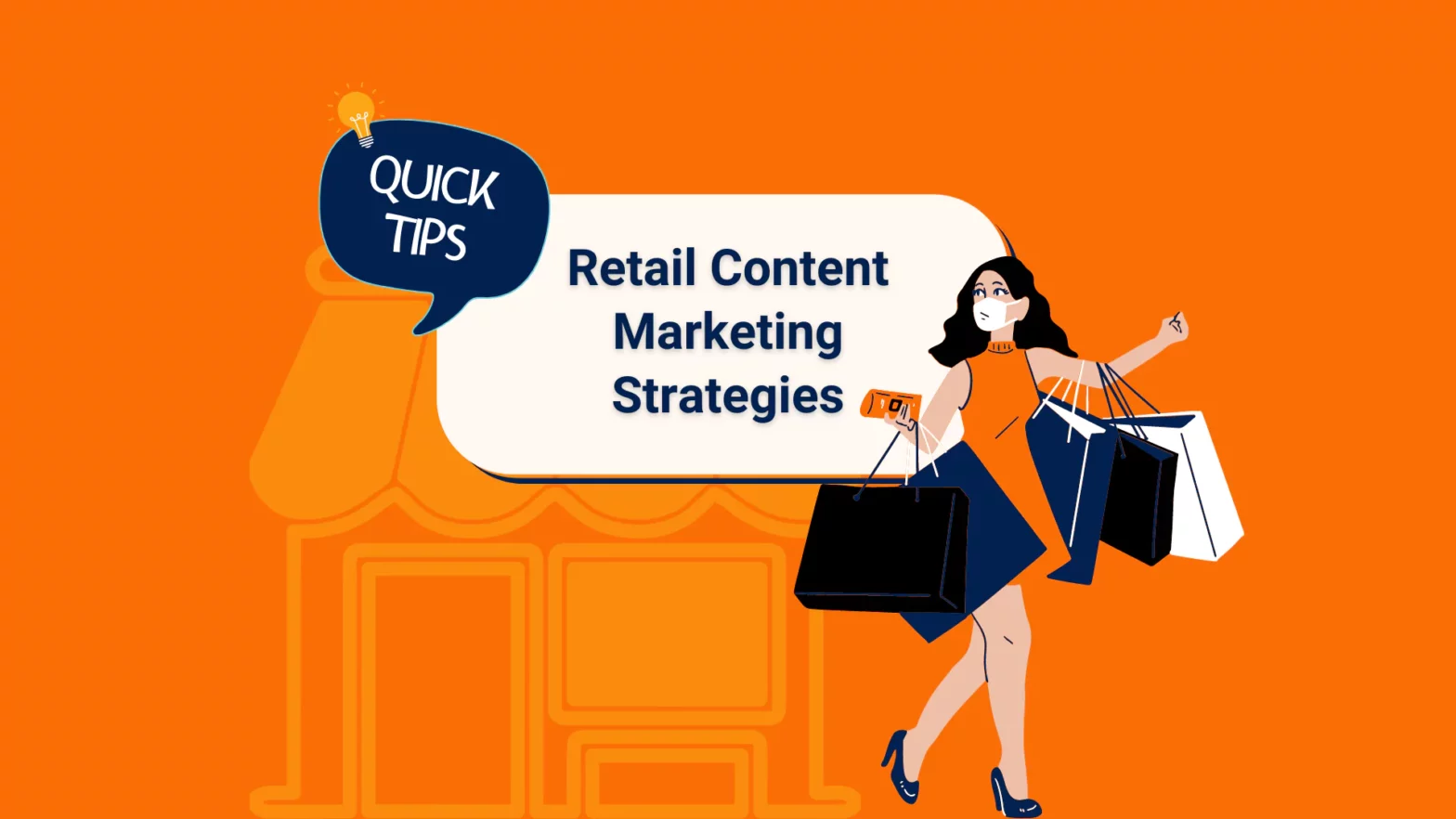A Complete Guide on How to Do SEO for Ecommerce Website
Author: Team WH
Published On: 19-05-23
Estimated reading time: 5 minutes
Did you know that 63% of all shopping ventures begin online? With such a high demand from online shoppers, the ecommerce business industry is on the rise.
As an online store owner, you might have done everything to make your products functional and catchy. From the right designs to advertising and promotions, the strategies seem endless.
Well, another addition to this endless list of tasks is search engine optimisation, something that should be embedded into your step-wise progress.
Eager to know how to do SEO for ecommerce website? Read ahead to learn the best SEO strategies.
What is SEO in Ecommerce?
It is an obvious fact that customers drive businesses. But how to drive these customers to your ecommerce business? Well, the answer lies in some of the SEO best practices for ecommerce sites.
32% of shoppers head directly to Google to look for products, and 79% of the clicks go to the first few search results. So, it’s all about making your product pages rank higher.
Optimal user experience contributes to enhancing your online store visibility. This, in turn, drives organic traffic, leading to higher conversion rates and leads.
While a need for SEO dwells in every online venture, its strategies differ depending on intent. Like, SEO strategies for blogs are different from those necessary for ecommerce.
E-commerce SEO goes beyond a crisp meta title and meta description, subhead structuring, internal links, etc.
So, without further ado, here is how to do SEO for ecommerce website.
7 Best SEO Practices for Ecommerce Sites
1. Finding the Right Keywords
Right targeting begins with the right target keywords. Therefore, in-depth research to find specific keywords always comes first.
Every keyword attached to a product or page comes with a certain cost-per-click rate, search volume, and user intent. Whether informational or commercial, navigating the user intent beforehand helps begin the right efforts.
There are endless resources to get keywords like – Ubersuggest and SEMrush. You can even look through your competitor sites to get more ideas. Apart from primary and secondary keywords, using long-tail keywords often serve the user intent. Additionally, latent semantic indexing LSI keywords on web pages help maintain relevance.
2. Optimising Product Pages
As an ecommerce site, your products are your everything, so invest in these pages. It is recommended to make your product pages optimally informational so that it reaches the audience’s searches immediately.
Focus on:
- Product names
- Writing relevant descriptions
- Enriching content with keywords
- Choosing the right images
- Adding reviews
- FAQs
- Call-to-action
These elements optimised with SEO help to reach customers instantly and offer them convincing answers.
3. Site Structuring
The structure of your site must be smooth and easy to navigate. Maintaining a simple site structure is essential for an ecommerce business because of its millions of existing pages.
As the owner, you would be able to tell which pages on your site are most frequented by customers. Accordingly, ensure that users can flow into these pages easily because the user experience is a priority.
As a rule, it must take just 3 clicks from anywhere to return to your homepage. As an online store, ensure your product categories and displays are easily trackable. Breadcrumbing is another excellent way to appear systematically on search engine results pages.
4. Increase User-friendliness
UX is a major need for ecommerce sites. It is not just about the user’s experience with your product but rather the entire journey from viewing to buying and using. More than the look, focus on the website’s feel and ease.
Some of the critical SEO factors involved in making your website user-friendly, such as:
- Faster site load time
- Ensuring lesser interference by ads on the page
- Interactive site
- Clear CTAs
5. Simplified URLs
Using a relevant and focused URL also falls under the best SEO practices for ecommerce websites. Like other content on your website, the URLs must also be easily readable.
A shorter and simpler structure of URLs makes it convenient to read and share. Hence, it checks the SEO needs and enhances the efforts at optimisation.
Your URLs must convey what your page contains concisely and directly.
Some tips for structuring your URLs include:
- Use keywords
- Omit stop words
- Use breadcrumbing
6. Avoid Duplicate Content and Pages
Amidst the list of things to do, here’s something you should not do. Naturally, an ecommerce website is filled with pages and is very susceptible to repetitive content or duplicate pages.
Having the same images and product descriptions can often reduce website credibility. Besides, duplicate pages also make it hard to rank on Google as it is unclear which page among the same ones is accurate.
Here’s how you can avoid duplicity:
- Use different keywords
- Change up the URLs
- Create unique product descriptions
- Change the product images
7. Add Value with Content
Content always fits into such lists because it is that important. Apart from products, descriptions, and images, it is also essential to spread information or values through written content.
Regularising content means more opportunities to catch up with SEO trends. Moreover, it adds a personal touch to your business and encourages user interaction. Overall, SEO-friendly, high quality content helps build trust and authority with users and Google.
Types of content you can use:
- Product launch announcements
- FAQs
- Reviews and testimonials
- Blogs
- Webinars
End Notes
Owning an ecommerce business is not just about offering high-quality products but also about knowing your audience. Only when you closely understand your audience’s needs can you offer the solutions that top their search engine results page.
The SEO best practices for ecommerce sites require a prior understanding of your buyers and Google’s norms. By being familiar with how to do SEO for ecommerce website, you can set your business on a path towards success.
So, which of these strategies are you yet to try?
People Also Ask
Q) Is SEO good for ecommerce?
A) SEO is among the most important factors that help your website rank. Based on your SEO rankings, your products are listed for customers to view. Hence, quality SEO advances your products for conversions.
Q) Are long-tail keywords useful for ecommerce?
A) Indeed. Long-tail keywords show answers for specific user questions which are highly relevant to the primary keywords.
Q) What is a good ecommerce conversion rate?
A) Generally, conversion rates varying from 2% to 5% are considered effective. On average, ecommerce sites have conversion rates between 2.5% to 3%.

























































































































